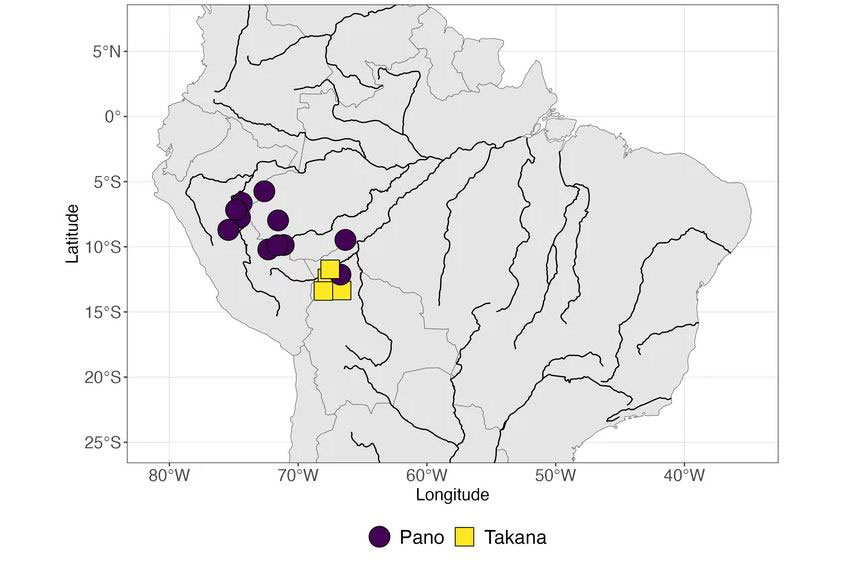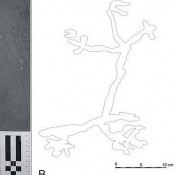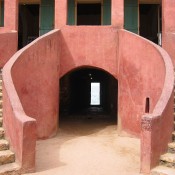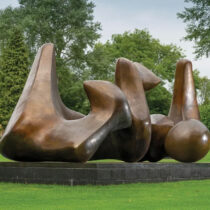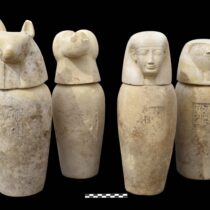The linguistic origins of the Americas remain largely unknown. Despite numerous conjectures about deep genealogical relationships between languages, few are supported by the scientific community. In an effort to investigate a possible common ancestry between the Amazonian language families Pano and Takana, a team of linguists established an integrated workflow that combines computational and conventional methods used in historical linguistics. By evaluating hypothetical forms of vocabulary inherited from one language family to another, the researchers are uncovering substantial evidence suggesting a common ancestry between the Panoan and Takana language families.
An international team of linguists has developed a novel approach for testing genealogical relations among language families, revealing new insights into the history of languages native to the Amazon region. Led by researchers from the Max Planck Institute for Evolutionary Anthropology, the University of Passau and the Pontificia Universidad Católica del Peru, the team recorded data from the Shipibo-Konibo language, a Panoan language spoken in the Peruvian Amazon. They used a previously established method for predicting the “reflexes” of related words – phonological changes in language that often preserve a trace of an older form – based on the constancy of proposed sound correspondences between language families. Applying previously registered predictions, the researchers identified more than 20 exact matches in their recorded data.
Unraveling sound correspondence patterns
“By testing our predictions in recording sessions with speakers of the language, we were able to confirm previously identified sound correspondence patterns and discover additional evidence suggesting the reconstruction of three new phonemes for Proto-Pano-Takanan,” comments first author Frederic Blum, a doctoral candidate at the University of Passau and the Max Planck Institute for Evolutionary Anthropology in Leipzig. By developing this novel approach to test genealogical relationships between language families, the team hopes to inspire innovative hypotheses in historical linguistics and shed light on the evolution of human languages.
“This study has expanded our toolbox for computational historical linguistics,” says Johann-Mattis List, Chair Holder for Multilingual Computational Linguistics at the University of Passau and one of the study’s co-authors. He continues, “By applying a formally established method to a set of languages from different families, we are now able to explicitly test the relationship between two language families based on a well-established and proven methodology.” Finally, the authors believe that their innovative approach can be applied to other language families, thus promoting new concepts for hypothesis testing in historical linguistics.
